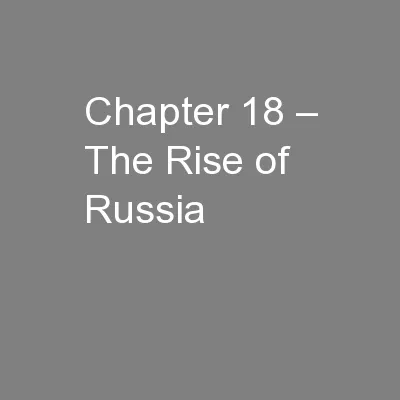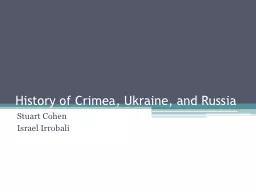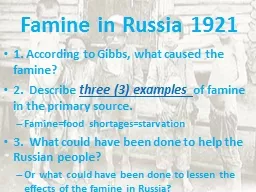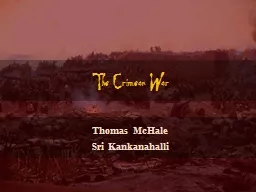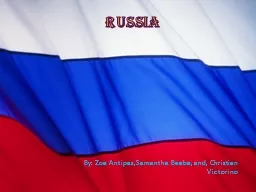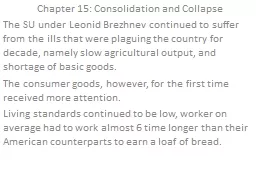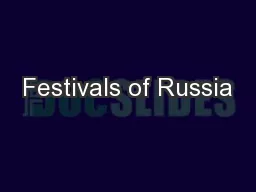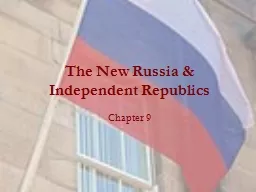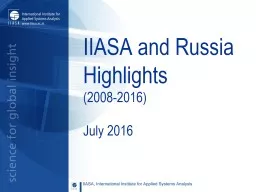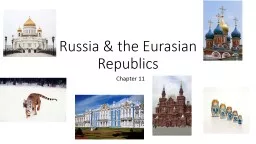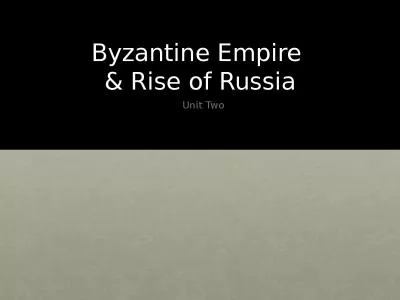PPT-Chapter 18 – The Rise of Russia
Author : mitsue-stanley | Published Date : 2016-03-10
Moscow capital of Russia the 3 rd Rome took the lead in liberating Russia from the Mongols in the 14 th c Ivan III Ivan the Great responsible for freeing Russia
Presentation Embed Code
Download Presentation
Download Presentation The PPT/PDF document "Chapter 18 – The Rise of Russia" is the property of its rightful owner. Permission is granted to download and print the materials on this website for personal, non-commercial use only, and to display it on your personal computer provided you do not modify the materials and that you retain all copyright notices contained in the materials. By downloading content from our website, you accept the terms of this agreement.
Chapter 18 – The Rise of Russia: Transcript
Download Rules Of Document
"Chapter 18 – The Rise of Russia"The content belongs to its owner. You may download and print it for personal use, without modification, and keep all copyright notices. By downloading, you agree to these terms.
Related Documents

